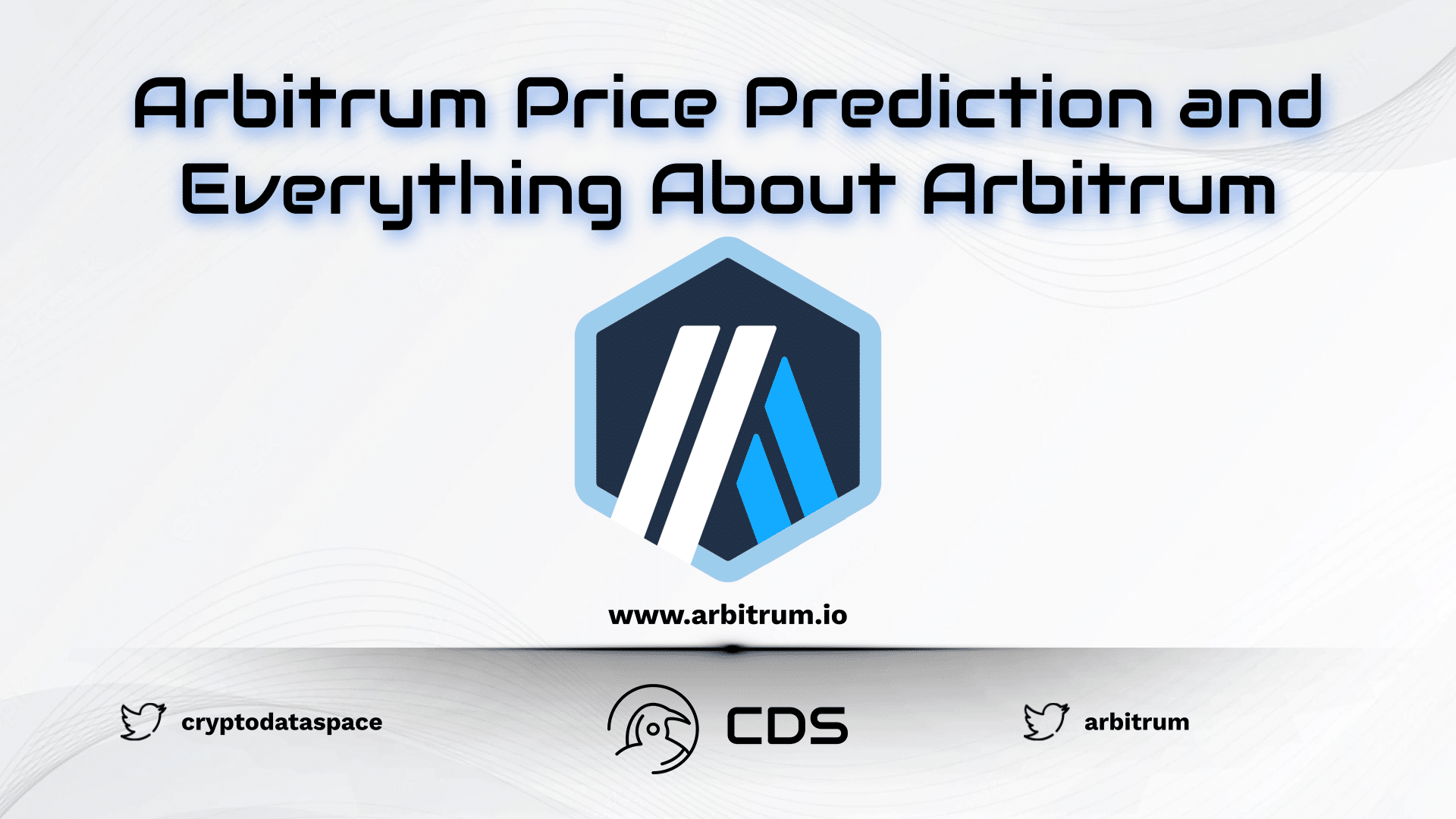As you know, the Arbitrum token launch and airdrop were recently announced. On March 23, 2023, the $ARB token made a rapid entry into the cryptocurrency market. This development caused Arbitrum price prediction to be on the agenda by investors and commentators. In this article, we will talk about Arbitrum price prediction as well as discuss what is curious about the platform.
Arbitrum Price Prediction and Everything About Arbitrum

ARB will be listed on centralized exchanges Binance, Bybit, BitMEX, Poloniex, OKX, KuCoin, and others, according to their announcements. This has caused even more curiosity about the Arbitrum price prediction. However, before we start talking about ARB, let’s take a look at what Arbitrum is.
What is Arbitrum?
By offloading massive amounts of computing and data storage from the main chain, Arbitrum is a layer-2 scaling solution intended to reduce network congestion and transaction costs for Ethereum. By using optimistic roll-up, transactions on Ethereum are collected and moved to an exclusive sidechain on Arbitrum (a secondary blockchain connected to the main chain). Following processing and validation, the transactions are subsequently transferred back to the primary chain.
What is Optimistic Roll-up?

Optimistic rollups have an “optimistic” viewpoint since they treat all transactions as valid. Users have a window of time in which to contest any dubious transactions found in a bundle. When a fraudulent transaction is found, a fraud-proof is run, which essentially computes the legitimate transaction using the information from the main chain.
Optimistic rollups give significant scalability gains because, by default, they don’t perform any processing. The drawback of optimistic rollups is that they may expose users to fraud risks, which could slow down transactions as they wait for the issue to be handled.
What Does Optimistic Roll-up for Arbitrum Mean?
Because it keeps extremely minimal data on-chain for the best scalability, the Arbitrum Virtual Machine (AVM) significantly enhances optimistic roll-ups. Additionally, the AVM uses pipelining to process many disputes and verification nodes to speed up the process in order to overcome potential delays brought on by fraud problems.
This type of fraud-proof is known as multi-round. In order to check fraud proofs, Arbitrum employs a meticulous process. It focuses on a specific area where there is disagreement over transaction history. Furthermore, layer-2 transactions are completely performed on the main chain, making gas block restrictions meaningless. Hence, this leads to improved network performance.
ARB Tokenomics

The Arbitrum protocol‘s $ARB will only serve as a governance instrument. Votes will be able to directly alter the fundamental code of Arbitrum as part of the autonomous government of the Arbitrum DAO.
The Arbitrum community will own 56% of the 10 billion total supply. On March 23, 2023, 12.75% of the airdrop (1.275 billion $ARB) was given to eligible users. The remaining community tokens will be put into a treasury run by the Arbitrum DAO, allowing ARB holders to decide how funds are distributed. Investors and workers at Offchain Labs, which created Arbitrum, will receive the remaining 44%. There will be lock-up times and vesting schedules for these tokens.
Although we cannot make a comment on Arbitrum price prediction, the ARB token is traded at $ 1.21 on 25.03.2023, the date of this article. In addition, while the circulation supply of the ARB token is 1,275,000,000, its market cap is $1,540,401,879.
Who are the Founders of Arbitrum?
Offchain Labs, a firm based in New York dedicated to creating cutting-edge Ethereum scaling solutions, is the company behind Arbitrum. Harry Kalodner, Steven Goldfeder, and Ed Felten co-founded the business in 2018 at Princeton University’s computer science research center.
Offchain Labs secured $120 million in a Series B fundraising round from prominent cryptocurrency ventures capital firms such as Alameda Research, Pantera Capital, Lightspeed Venture Partners, and many more in September 2021. At that time, the team had grown to include a large international group of programmers, scholars, and operators with extensive backgrounds in encryption, decentralized systems, and game theory.















Leave a comment